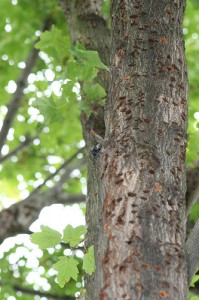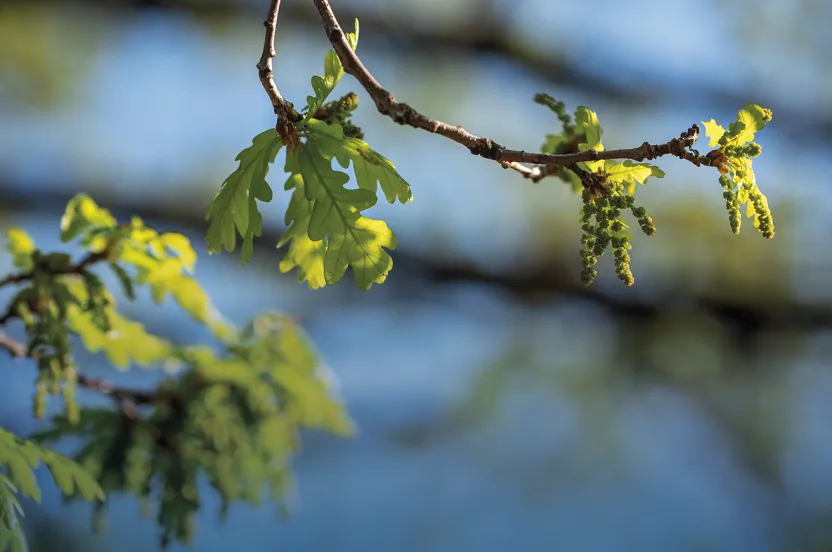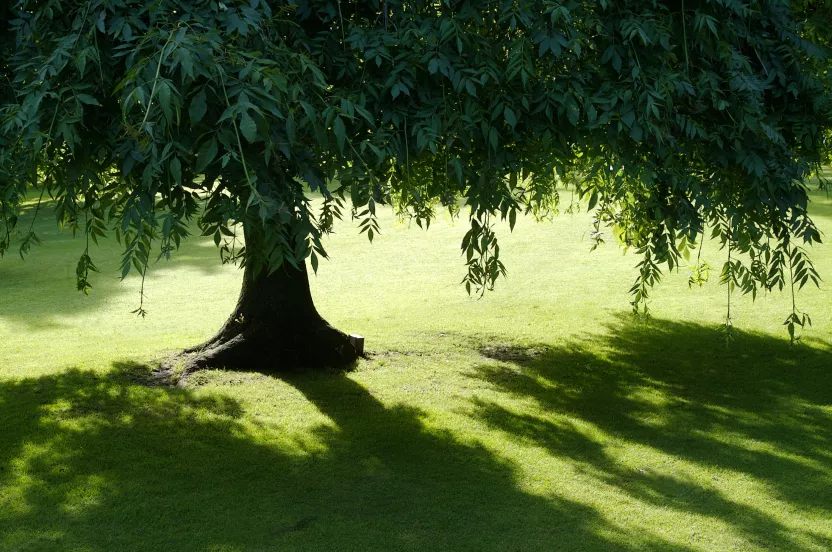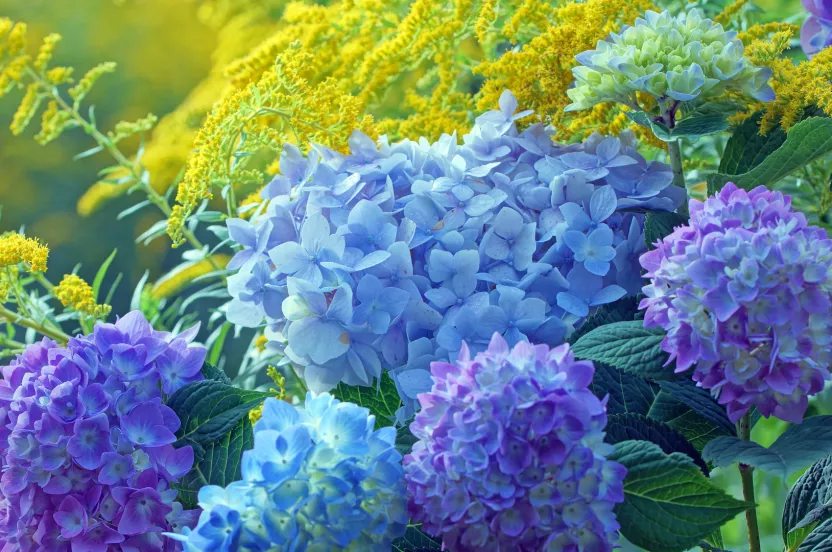Now live: The 2025 Canopy Report. Learn how Americans see trees. GET THE REPORT
August is Tree Check Month: Is your tree safe from Asian Long-horned Beetle?
July 24, 2014

Similar to undergoing an annual health physical or performing routine maintenance on your car, it’s important to carry out routine tree checks to maintain healthy trees. Trees are susceptible to pest infestation and disease, and if you neglect looking after them the result can be detrimental to the natural habitat. The latest outbreak is the Asian Long-horned Beetle, with reports from New York, New Jersey, Massachusetts, and Ohio. With August being Tree Check Month, we encourage you to check your trees for signs of Asian Long-horned Beetle (ALB).
ALB was first detected in the United States in Brooklyn, New York in 1996. ALB is a large, bullet-shaped beetle with long antennae and elongated feet. Adult beetles emerge throughout the summer and early fall. Female beetles can lay up to 160 eggs in a 10-15 day time-span. When the eggs hatch the larvae tunnel into the tree and pupate. This disrupts the tree’s natural cycle of transpiration which results in the tree drying out and dying.
ALB is a serious threat to trees because once a tree is infested the only way of eliminating ALB is by destroying and removing the tree. Damage from infestations in New Jersey, New York, and Massachusetts has resulted in the removal of tens of thousands of trees; not to mention the hundreds of millions of dollars it has cost State and Federal governments in forestry management. This pest likes deciduous hardwood trees such as maple, birch, elm, poplar and several others. Once the beetle finds a healthy tree to nestle in it leaves its mark through dime-sized exit holes, shallow bark scars, and frass—sawdust-like material on the ground or tree branches.
There aren’t any effective treatments of preventing ALB, other than containment. It’s important to identify when a tree is infested because ALB spreads easily. While treatment applications or insecticides with the active ingredient imidacloprid may help protect non-infested trees and reduce ALB populations, it is not guaranteed to prevent trees from infestation. Even treated trees can fall victim to ALB.
You can help prevent the spread of ALB by burning firewood where you buy it—ALB can survive hidden in firewood— diversifying the type of trees you plant— especially if you’re in a quarantined area— conducting an annual tree check, allowing officials to survey your area, and reporting signs of tree damage or spotting beetles resembling ALB.
You might find our Help Stop Insect and Disease Invasions bulletin to be especially helpful during your August tree check. Check out this map to learn if your area is at risk of the ALB infestation.
![7109590833_ac895c61e4[1]](/sites/arborday.org/files/migration_allocation/7109590833_ac895c61e41-e1406235518131-300x284.jpg)




